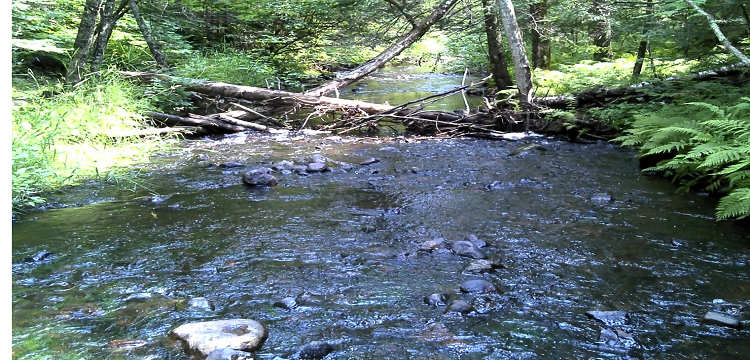 What is an aquatic management area?
What is an aquatic management area?Aquatic management areas (AMAs) may be established to protect, develop, and manage lakes, rivers, streams, and adjacent wetlands and lands that are critical for fish and other aquatic life, for water quality, and for their intrinsic biological value, public fishing, or other compatible outdoor recreational uses. Minnesota Statute 86A.05, Subd. 14How did AMAs get started?
The AMA program was created by the 1992 Legislature as part of the Outdoor Recreation Act. Common to nearly all AMAs is the interface between land and water, or riparian habitat. Known as biologically rich habitats, riparian areas are critical to fish, amphibians, birds, mammals and the water quality that supports them all.How many AMAs are there and where are they located?
The AMA program administers more than 700 AMAs and 770 shoreland miles in 73 of Minnesota’s 87 counties. AMAs provide angler and management access, protect critical shoreland habitat, and provide areas for education and research. Trout stream easements, a type of AMA are concentrated in the cold-water rich counties like Fillmore and St. Louis. Cass, Becker, and Crow Wing counties have the most miles of AMA shorelands.Who uses AMAs?
AMAs are open to the public for activities such as angling, hunting, trapping, non-motorized travel, wildlife observation and in some instances research. Permissible uses are determined by the local conditions of the AMA, such as the AMA size, proximity of residences, and other factors that may relate to the compatibility of hunting and trapping.Permissible Uses on AMAs fall into three categories:
- General Use – angling, non-motorized travel, wildlife observation, hunting, and trapping.
- Restricted Use - angling, non-motorized travel, wildlife observation.
- Angling Only - angling easements are purchased specifically for angling and do not allow other activities for the public.
Many AMAs protect intact shoreland and riparian habitats and are managed to provide access to the public and maintain current conditions. Others require management to improve current conditions through activities such as native plant establishment or addressing eroding shorelines. Terrestrial invasive species are also removed when present. Trout stream easements provide management access to the stream for activities such as population monitoring and stream/riparian habitat improvement. Easements are monitored for compliance with the easement terms and proper posting of access points.
AMAs are signed noting public ownership and permissible uses. Safe access such as a parking lot or fence crossings may be established, if necessary.Who pays to acquire AMAs?
Minnesota's Legislature and citizens have funded AMA land acquisition in a multitude of different ways. State bonds, the Game and Fish Fund, Lessard Sams Outdoor Heritage Fundand Environmental and Natural Resources Trust Fund funds have been used to buy AMAs. Conservation groups and individuals also donate land and money to support the acquisition of AMA lands. Donations are often eligible for match by Reinvest in Minnesota funds, including Critical Habitat License Plate dollars, and double the conservation value.

